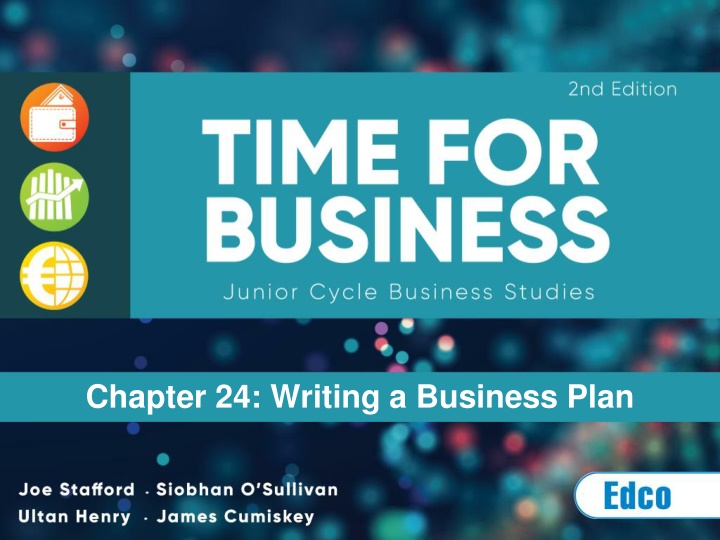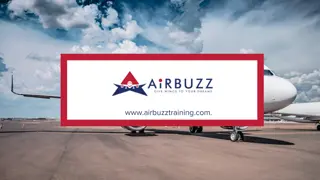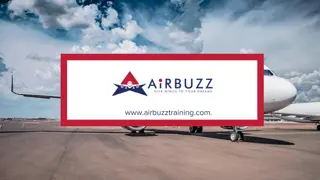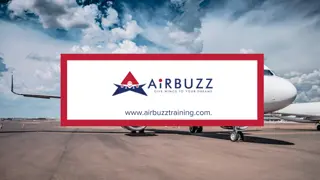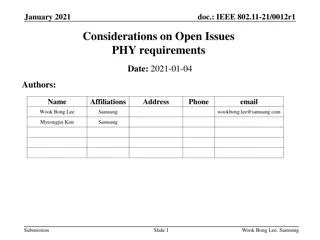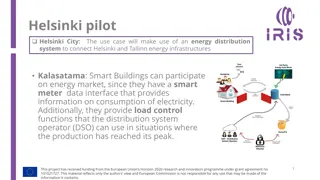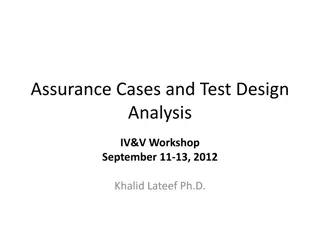Digital Capacity Management (DCM) Test Cases for TTR IT Implementation Pilot
This collection of test cases covers a range of scenarios including creating and updating objects, feasibility studies, path modifications, capacity modeling, and creating catalog paths for different types of trains. The test cases also involve updating train parameters, timetables, routes, and calendars along with managing different types of paths.
Download Presentation

Please find below an Image/Link to download the presentation.
The content on the website is provided AS IS for your information and personal use only. It may not be sold, licensed, or shared on other websites without obtaining consent from the author.If you encounter any issues during the download, it is possible that the publisher has removed the file from their server.
You are allowed to download the files provided on this website for personal or commercial use, subject to the condition that they are used lawfully. All files are the property of their respective owners.
The content on the website is provided AS IS for your information and personal use only. It may not be sold, licensed, or shared on other websites without obtaining consent from the author.
E N D
Presentation Transcript
Chapter 24 Learning intentions In this chapter you will learn to: Carry out a SWOT analysis Outline the purpose of a business plan Identify the main headings in a business plan Complete a business plan for a new or existing product or service. Textbook page reference: 283
Chapter 24 The business plan A business plan is a written description of a business s aims, strategies, target markets and financial forecasts. It explains what the business plans to do and how it plans to do it. Textbook page reference: 284
Chapter 24 The purpose of a business plan Establish whether the business is likely to succeed Help the business raise the finance it needs Set targets to be achieved Help the entrepreneur to focus on the future goals of the business to benchmark future profits and/or growth targets Support a proposed expansion or the development of a new product or service Textbook page reference: 284
Chapter 24 Section 1: Background of the business The name and address of the business The aims and objectives of the business What products/services it will provide. Textbook page reference: 284
Chapter 24 Section 2: The business team The people involved in the business, including their educational details and past experience. Textbook page reference: 284
Chapter 24 Section 3: Market and marketing A brief description of the market The current and potential size of the market The number of competitors already in the market The marketing mix strategy. Textbook page reference: 285
Chapter 24 Section 4: Production An outline of all premises and equipment available to the business The production process to be used, e.g. job, batch or mass. Textbook page reference: 285
Chapter 24 Section 5: Costings and finance How much it costs to produce the item and what mark-up/profit margin will be added on to get the price it will be sold at Details about any existing loans that the business has The amount of finance required and the purpose for which it is needed How the finance is to be repaid Detailed cash flow forecasts and projected profits for two or three years. Textbook page reference: 285
Chapter 24 Section 6: Structure of the business The legal structure of the business, e.g. sole trader, partnership, private limited company, franchise. Textbook page reference: 285
Chapter 24 Planning Planning involves setting goals for the business and deciding on ways to achieve these goals. Textbook page reference: 285
Chapter 24 Planning When setting goals, always remember that they should be SMART: S Specific Define a specific, clear goal. M Measurable It must be possible to measure whether or not the goal has been achieved. A Agreed Goals are much more likely to be reached if they are agreed and accepted by all those involved in achieving them. R Realistic It must be possible to achieve the goal using the resources available. T Timed This gives the goal a target date to be achieved by. Textbook page reference: 285
Chapter 24 SWOT analysis A SWOT analysis identifies the current strengths and weaknesses of a business as well as the opportunities and threats facing it. Textbook page reference: 286
Chapter 24 Forms of business ownership This business is owned and managed by one person. Sole trader A partnership is created when 2 20 people set up in business. Partnership A private limited company is a business set up by between one and 149 people, called shareholders. Private limited company Textbook page reference: 287
Chapter 24 Franchises A franchise is when one firm (the franchisor) sells the right to use its products and its brand name to another business (the franchisee) in return for a fee and a share of the profits. Textbook page reference: 287
Chapter 24 Advantages of franchises The idea already exists, so the entrepreneur can look at the track record of the existing business and see if the product/service works The brand name may be well established The franchisor provides support and training, so the franchisee benefits from the franchisor s guidance, training, products and equipment Costs such as marketing can be shared between the franchisees. Textbook page reference: 288
Chapter 24 Disadvantages of franchises A negative response to one franchisee might affect them all Franchisees must follow strict rules when operating the business, so there is a loss of control. Textbook page reference: 288
Chapter 24 Recap and review Can you? Carry out a SWOT analysis Outline the purpose of a business plan Identify the main headings in a business plan Complete a business plan for a new or existing product or service.
Chapter 24 Credit slide Shutterstock
